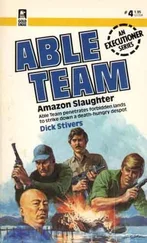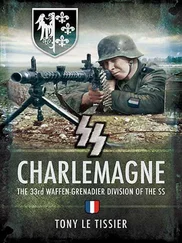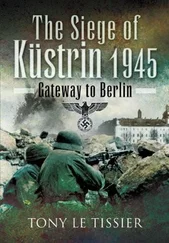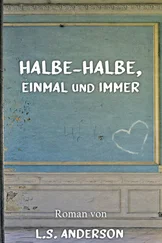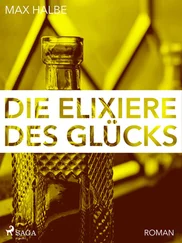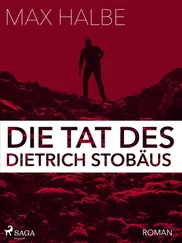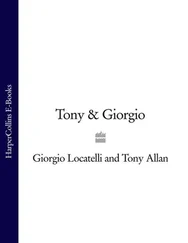Tieke, Das Ende zwischen Oder und Elbe , p. 337.
Gädtke, Von der Oder zur Elbe , p. 36.
Lakowski/Stich, Der Kessel von Halbe 1945 , pp. 128–30.
This was a nickname for the Po-2, sometimes also called the Sewing Machine because of the distinctive sound of its engine. The Po-2 was a biplane, armoured against infantry fire, and used extensively for night bombing, the observer dropping either clusters of hand grenades or light bombs by hand in First World War style. Many of the crews were female.
Wilke, Am Rande der Strassen , pp. 71–4.
Lakowski/Stich, Der Kessel von Halbe 1945 , p. 129.
Tieke, Das Ende zwischen Oder und Elbe , p. 338.
He was the heir to the Klessin estate featured in the author’s With Our Backs to Berlin .
Tieke, Das Ende zwischen Oder und Elbe , p. 338.
Schulze, Der Kessel Halbe–Baruth–Radeland , pp. 74–6.
Tieke, Das Ende zwischen Oder und Elbe , p. 339.
The area around Beelitz is famous for its asparagus crops. The asparagus fields with their deep corrugations would provide some measure of cover from fire for the troops sheltering there.
Tieke, Das Ende zwischen Oder und Elbe , pp. 340–1.
Lindner in the author’s Death Was Our Companion .
Tieke, Das Ende zwischen Oder und Elbe , p. 342.
From Stanganhagen onwards the road was Route 246, the main road from Trebbin to Beelitz, so Gädtke’s subsequent moves took him north of the latter town.
Gädtke, Von der Oder zur Elbe , pp. 36–7.
Tieke, Das Ende zwischen Oder und Elbe , pp. 339–40.
Jurisch to the author. Although he gives the date of this incident as 30 April, it seems most likely to have occurred on 1 May. In a subsequent discussion with the author, Jurisch stated that the driving of the tanks into a swamp just north of Salzbrunn was deliberate.
Kollatz: ‘Die Front an der Elbe 1945’, p. 65.
Busse, ‘Die letzte Schlacht der 9. Armee’, p. 168, describes the break-out as having taken place on the night of 26/27 April and the union with 12th Army on the morning of the 29th, but this is in conflict with Wenck’s chronology and that of other witnesses, and allowance should be made for the fact that Busse’s article was apparently written in captivity some ten years after the event; Wenck, ‘Berlin war nicht mehr zu retten’, pp. 68–9. Koniev, Year of Victory , pp. 180–2, denies the break-out was effective.
Gellermann, Die Armee Wenck , p. 105.
Helmut Jurisch in correspondence with the author.
Gellermann, Die Armee Wenck , pp. 186–8.
Küster, Geschunder Leibe , pp. 155–7.
Gellermann, Die Armee Wenck , p. 119.
Ibid ., p. 111.
Ibid ., pp. 121–2.
Lakowski/Stich, Der Kessel von Halbe 1945, pp. 133–5.
GPW, p. 385; Lakowski/Stich, Der Kessel von Halbe 1945, p. 138.
Simonov, Kriegstagebücher , p. 105 f.
Schulze, Der Kessel Halbe–Baruth–Radeland , pp. 87–8.
Article by Günter Führling in Deutsche Militärzeitschrift , Nr. 14.
Halbe mahnt…! 1963 pamphlet, p. 17.
Schulze, Der Kessel Halbe–Baruth–Radeland , p. 54.
Schulze to author.
Ortschronik von Kummersdorf Gut . [Rolf Kaim to author]
Mihan article to author; Jörg Mückler in Deutsches Soldatenjahrbuch 2000–2001.
Halbe mahnt…! 1963 pamphlet, pp. 13–14.
The author was informed by another general present that Busse was given a very stony reception when he gave an address on Civil Defence to the Bundeswehr Senior Staff College at Hamburg after the war.

